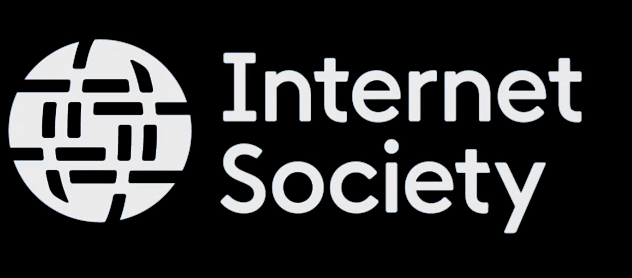Jennifer Gradecki

Jennifer Gradecki is an artist-theorist completing her PhD at SUNY Buffalo while working as an Assistant Professor of Electronic Art and Intermedia at Michigan State. Her research focuses on the informational mosaic metaphor as used by intelligence agencies and in practice-based artistic research projects that deal with the surveillance state.
Presenting
Operation Mosaic: How Intelligence Agencies Map Social Networks
Twitter: @crowdsourcedint
This talk will focus on the impact of information metaphors on surveillance techniques and technologies used by intelligence agencies to map social networks, with the aim of helping activists create tactics for resistance. Information metaphors commonly used by intelligence analysts include haystacks, piles, the sea, puzzles (jigsaw and connect the dots), road maps, networks and mosaics. The mosaic metaphor, as used in intelligence gathering, compels analysts to collect many small pieces of 'raw' data in order to combine them to produce a complete picture. Embedded within the mosaic metaphor is the assumption that information is static: the pieces fit together to construct a complete and unchanging image. Likewise, current intelligence processing technologies that analyze criminal networks using data-mining techniques represent static, rather than dynamic, social networks. The software embodies and promotes the assumption that human networks remain static over time. For example, software such as IBM's i2 Analyst's Notebook, widely used in the intelligence and law enforcement community to automate the visual evaluation of social networks, is designed to produce images of networks that investigators can print and hang on the wall. A static network approach to intelligence processing can make it difficult for analysts to determine who to include in a criminal social network at any given time. Even worse, once someone is seen as a target, it may become difficult to change this impression and conclude that the target is actually innocent, despite empirical evidence. Images and data visualizations of social networks produced by intelligence processing software will be presented and analyzed. Knowing the assumptions behind these open source intelligence (OSINT) technologies and how they work can help activists create their own technologies and tactics for resistance.



